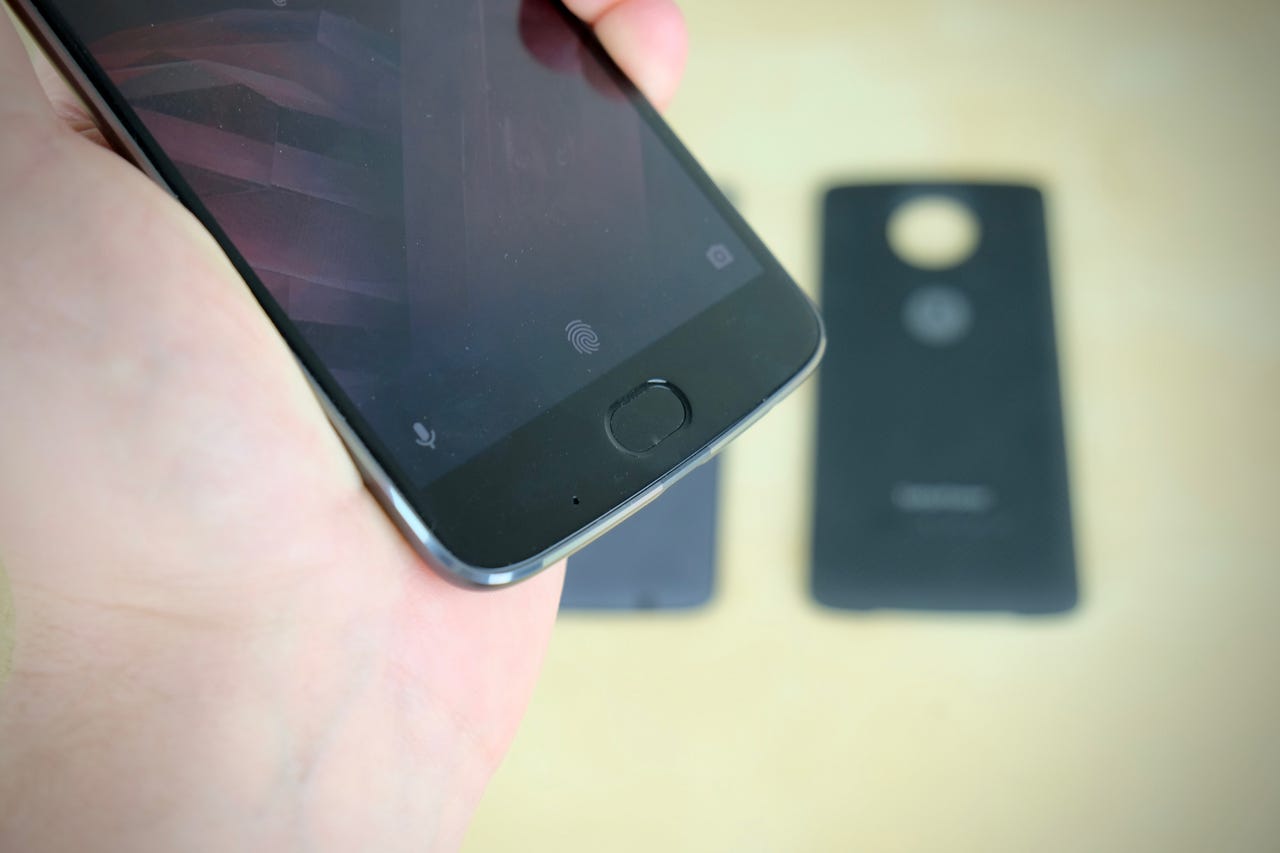Motorola vs Essential: A tale of two mod approaches

The jury is still out on whether modular phones will be able to attach themselves to mainstream acceptance in a market that has thus far favored tight integration and slim form factors. But after a few false steps by Google and LG, some companies continue to push forth the idea.
Among these is Lenovo via its Motorola brand, which continued to drive compatibility with its Moto Mods today, with the release of its Moto Z2 Force. In doing so, it continues along a promise to maintain compatibility with its Moto Mods, a collection of add-ons that it is seeking to expand, but which have mostly carried forward to a few high-demand functions such as increased battery and better audio. That said, given the brand's low market share, it has produced an interesting enough array of add-ons to prove out the concept.
Lenovo has recently been joined by Essential, the Andy Rubin-led smartphone startup that uses Android for the phone and its own open-source OS for everything else. Essential shies away from calling its phone, which was due to ship at the end of last month, a modular device. As with Moto Mods, its add-ons attach magnetically to the back of its phones.
However, rather than conforming their shape to the entire back of the phone, as Moto Mods do, they attach to two small magnets at the top of the phone. In addition to requiring less real estate overall, Essential notes that this frees them to pursue other phone designs -- or sizes, at least -- while preserving compatibility. Indeed, the first add-on it has announced, a 360-degree camera similar to the one announced as a Moto Mod, will work with the company's forthcoming Echo-like Home voice agent.
Evaluating the Motorola vs. Essential approach calls into question how consumers actually use add-ons. Are they nearly constantly attached to the phone, brought along in one's pocket, or reserved for just occasional use? In the first scenario, Motorola's design may make more sense since covering the entire back of the device should provide more surface area for greater stability. Its battery mods, for example, do a good job of approaching the feel of an integrated battery. For small accessories such as the 360-degree camera that both companies have introduced, though, Essential's approach seems like the way to go.
Read also: Best Android phones | Nokia: Our new Android phones will hit US by June, starting at $150 | Google: We want more Android users to set up work profiles on their personal phones
Based on the mods Motorola has brought to market, it's a mix -- with some battery add-ons, for example, more designed for permanent attachment and others attached as needed. In any case, for now, Motorola is the only game in town.
Emerging standards may change how add-on phone modules are designed. For devices such as 360-degree cameras and devices that need an even faster connection to the phone, say, an external display, 802.11ad promises to bridge the world of accessories that are physically connected and those that are standalone companions. This would be a key component to smartphones that can dock for a PC-like experience such as Samsung's DeX. But truly removing the need for a physical connection would require a source of wireless power, a dream that remains elusive.
Related stories:
